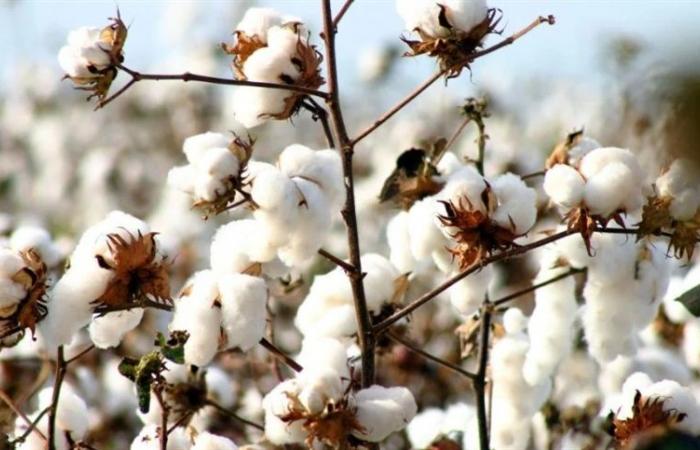March could mark the fourth month in a row of rising cotton prices in New York. The domestic market is experiencing a slight accommodation, reducing the pace of increase recorded in the previous month. In the countryside, according to Conab, the crops are mostly flowering (43% of the fields) and starting to form apples (48%). Abrapa’s latest survey indicates that 58% of the 2023/24 harvest has already been sold by the producer. The partial for the month of March points to a 2.5% increase in external fiber prices, to USDc/lb 94.89.
The market continues to reflect the lower availability of American fiber, whose production fell 16% compared to the 2022/23 harvest and also following the recent movements in the appreciation of oil, with a partial increase of 1.9% in March (until the 25th). The partial from March until the 25th shows an increase of 1.4% for the price in Rondonópolis, at R$ 4.02/lb. However, despite the recent gains, it is still 16.4% below March/23, when the market average was R$4.81/lb. Following the demand reaction shown in February, the beginning of March was marked by a reduction in cotton’s internal liquidity. Buyers returned to purchasing the minimum necessary, betting on weaker prices at the start of the national harvest, starting in the middle of the year.
In Mato Grosso, the climate has been mostly beneficial for the development of the crop in the field, with some periods of rain limiting management work. In Bahia, sowing was disrupted, due to unstable weather, which led to 11.5% replanting, according to Abapa (Baiana Association of Cotton Producers). However, after the establishment of crops, the plants have shown good development. Abrapa’s commercialization number is in line with that estimated by Imea, of 58.3% for the plume in MT.
The volume sold in MT is below the rate recorded in the last 5 years, which is 66%. The latest USDA report brought few adjustments to the global balance of supply and demand for feather. For Brazil, Conab revised cotton harvest numbers upwards, with an increase in planted area and production. The sign of a larger harvest for Brazil and the prospect of an increase in the area planted with cotton in the USA ends up weighing on prices in the medium term. Looking ahead to 2024/25, one consequence of the recent price recovery could be the addition of cotton acres in the US.
Once again, the USDA revised American lint production downwards, from 2.7 to 2.6 million tons in March. On the other hand, the Indian harvest was revised upwards to 5.6 million tons. Another adjustment was made to world consumption, with a slight increase of 0.4% over what was projected in February, but which equalized global production and consumption figures at 24.6 MMt. Conab now projects the 2023/24 harvest at 3.6 million tons, against 3.3 MM tons in the February estimate. The increase in production comes due to the upward revision of the planted area, from 1.88 to 1.94 million hectares and the better outlook for expected productivity, which rose from 1.75 t/ha in February to 1.84 t /ha in March.
Cotton prices remain at higher levels in the short term, anchored by the failure of the American harvest, restrictions on the country’s exportable supply and greater interest in Chinese demand. However, if the prospects for a larger harvest for Brazil and the USA are confirmed, resulting in an increase in the global supply of fiber, they will tend to generate pressure on prices. This is what explains the inverted curve between cotton maturities on the New York Stock Exchange, with a more negative reading for prices in the medium term. With spot prices on the rise and, especially if the improvement in humidity levels continues in West Texas, the expected increase in American production could bring additional pressure on prices for the 2024/25 harvest.






